The process of hot induction bending is the most widespread method for fabrication of the long steel bents. It is an accurately controlled and effective piping bending technique. During the process of hot induction bending, local heating is applied with high frequency induced electrical power. In a hot induction bending machine, pipes, tubes, and structural shapes can be effectively bent. Hot induction bends pipeline is the most desirable choice when cold bending procedures are restricted for bigger pipe diameters.
The process employs coils where the electricity flows on the wires producing induction at the center of the coils. The electricity in high amounts on the coils gives rise to tremendous heat at the center of the coils. The hot induction bending process effectively uses inductors to heat the steel components locally. The preferred shape and the bending angle of the steel components are provided by a fixed radius arm.
When the steel components attain the preferred temperature in the range of 900 – 1100 degrees Celsius, the steel components move out of the coil and the hot location of the steel gets bent by the fixed arm. Various applications can use hot induction bending processes.
The bend products are commonly used in chemical, shipbuilding, petrochemical, construction, and power generation applications. Hot induction bending machines can shape almost all types of steel. The most common steels that are utilized in the hot induction bending applications can be categorized as carbon steels (low alloyed and high alloyed), stainless steels (austenitic, ferritic, duplex, and martensitic) as well as special alloyed steels. The seamless pipe bending machine is also available.
Hot Induction Bending Process
- The following stages are accomplished for hot induction bending of pipe or pipeline scheme:
- The pre-examined pipe or pipeline to be bent is put in the machine bed and secured hydraulically.
- Induction heating coils along with cooling coils are mounted around the pipe. To confirm even heating, the induction coil can be modified with a 3-plane movement.
- By modifying the radius arm and front clamp, the needed bend radius can be set. One pointer shows a right degree of turning.
- Arc lengths are noticeable on the pipe. The pipe can be relocated gradually while the Bending force is operated by a fixed radius arm preparation.
- When everything is fixed as needed, water level, hydraulic pressure, and switches are examined, and then the induction bending operation is on the go.
- Upon touching the needed temperature range, the pipe is advanced gradually at a speed of 10-40 mm/min, and the process is discontinued when the stipulated bend angle and pre-determined arc length are attained.
- Just outside the induction coil, the heated pipe material is doused with a water spray on the external surface of the pipe.
- In the next stage, the induction bend is detached and sent for examination and measurement of tolerances.
Benefits of Hot Induction bending
The main benefits of hot induction bending are:
- Lesser risk of wall thinning and distortion of the cross-section
- Thin-walled pipes can be bent without difficulty.
- Less expensive and obtainable quicker than conventional components.
- Uniform hardness and thickness.
- Even flow due to large radii decreasing friction, wear, and pump energy.
- No pipe wrinkles.
- Only a straight pipe is needed for hot induction bending.
- Exact bending radius and angle.
Read More:
Why Prefabricated Piping Spool Is Popular?

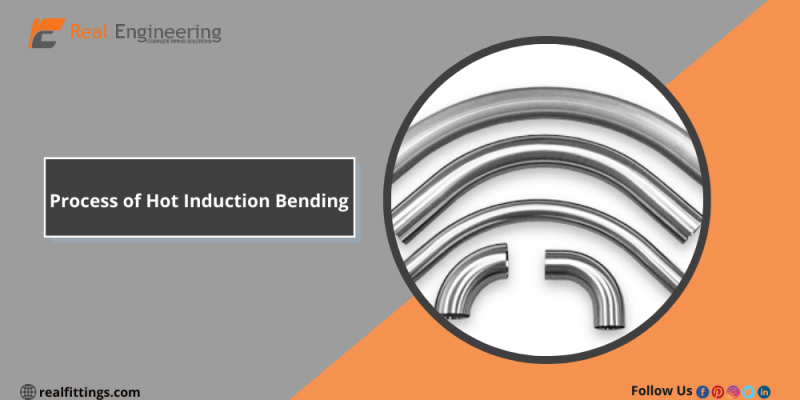

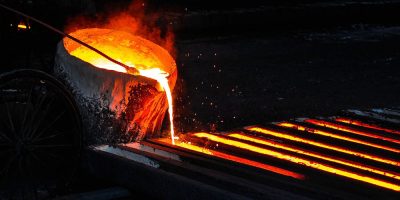


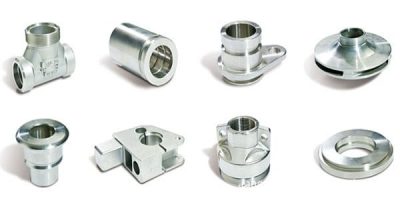
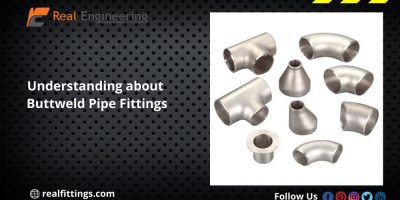
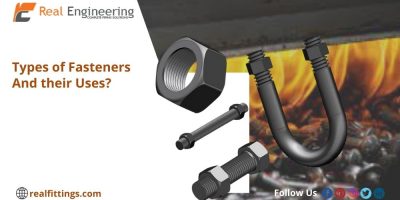

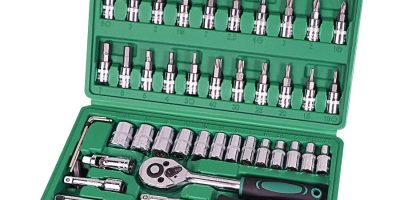
Comments